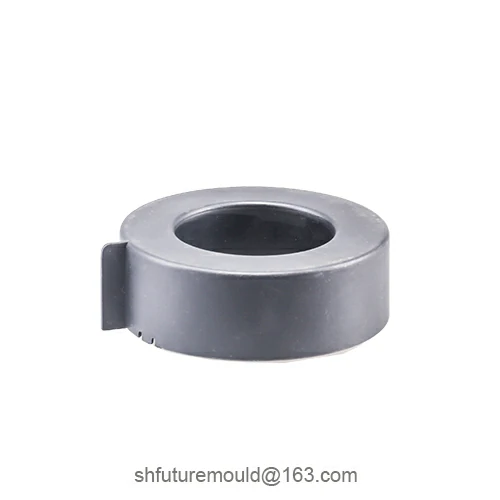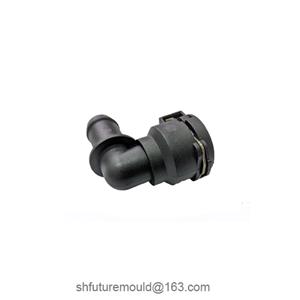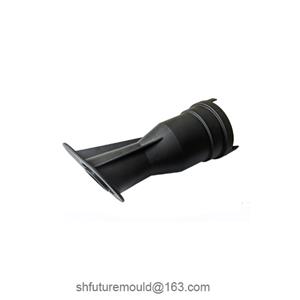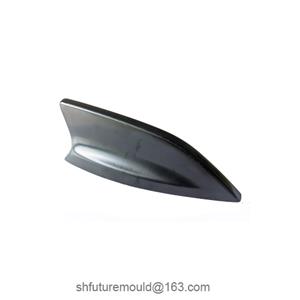How to Clean Injection Molds
As critical tools for producing high-quality plastic parts, injection molds require systematic maintenance to ensure their longevity and product consistency. Scientific cleaning before and after mold use eliminates residues and impurities while preventing corrosion, wear, and other issues.
I. Pre-Cleaning Inspection and Preparation
1. Mold Inspection:
Conduct a thorough inspection for damage, cracks, or abnormalities. Address any defects before cleaning to avoid exacerbating wear or corrosion.
2. Residue Analysis:
Identify contaminants such as plastic remnants, grease, or cooling water deposits from previous cycles. Select appropriate cleaning agents and methods to avoid surface damage.
3. Tools and Safety Preparation:
Prepare specialized brushes, lint-free cloths, ultrasonic cleaners (if available), and compatible cleaning agents. Wear protective gloves, goggles, and other gear to safeguard the operator and the mold from chemical exposure.
II. Cleaning Procedures and Methods
Pre-Treatment:
1. Degreasing:
Use mild degreasers or solvents to soak or scrub oil and grime from the mold surface, softening stubborn deposits for easier removal.
Residue Removal:
Clear plastic residues from cavities, gates, and cooling channels using specialized plastic removers or precision tools.
Mechanical Cleaning:
2. Brushing and Rinsing:
Gently scrub the mold with soft brushes and cleaning agents, avoiding abrasive tools that could scratch the surface. Rinse thoroughly with water to remove all traces of contaminants.
Ultrasonic Cleaning (Optional):
For intricate or hard-to-reach areas, ultrasonic cleaners use high-frequency vibrations to dislodge microscopic debris, enhancing cleaning efficiency.
3. Targeted Area Treatment:
Cavities and Gates:
Focus on these high-residue zones with fine brushes or precision tools.
Vent and Cooling Channels:
Ensure unobstructed airflow and coolant flow to prevent bubbles and uneven cooling in subsequent cycles.
III. Post-Cleaning Maintenance
1. Drying and Rust Prevention:
After rinsing, dry the mold thoroughly using compressed air, heat guns, or lint-free cloths. Apply rust inhibitors or protective oils in humid environments to prevent oxidation.
2. Lubrication and Component Check:
Lubricate moving parts (e.g., sliders, ejector pins) with grease to ensure smooth operation.
Inspect and tighten all connections to guarantee proper alignment during future use.
3. Documentation and Tracking:
Maintain a cleaning log detailing dates, agents used, issues encountered, and corrective actions. This aids in troubleshooting and optimizing maintenance schedules.
- Injection Mold
- Automotive Injection Mold
- Electronics & Electrical Injection Mold
- Consumer Goods Injection Mold
- Airplane Components Injection Mold
- Medical Components Injection Mold
- Irrigation Components Injection Mold
- Injection Molds




